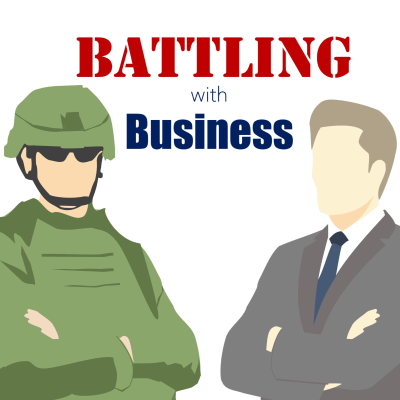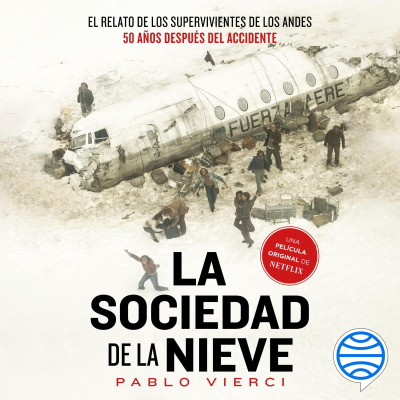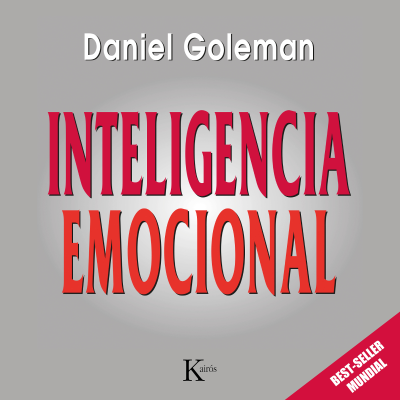
Battling with Business
English
Business
Limited Offer
3 months for 9 kr.
Then 99 kr. / monthCancel anytime.
- 20 hours of audiobooks / month
- Podcasts only on Podimo
- All free podcasts
About Battling with Business
In this podcast, Gareth Tennant, a former Royal Marines Officer, and Chris Kitchener, a veteran of the software development world, explore ideas and concepts around teams and teamwork, leaders and leadership, and all things in between. It’s a discussion between a former military commander and a business manager, comparing and contrasting their experiences as they attempt to work out what makes teams, leaders, and businesses tick.
All episodes
140 episodesEpisode 151 - Influencer #7 Re-Release - Charles De Gaulle Loyal Only to France - Part 2
Battling with Business returns with Part Two of its Influencers series on Charles de Gaulle, moving from wartime exile to political dominance and lasting national legacy. In this episode, Gareth Tennant and Chris Kitchener examine how leadership is forged not just through bravery or competence, but through narrative control, political instinct, and an unyielding sense of purpose. As de Gaulle outmanoeuvres rivals, frustrates allies, and repeatedly puts the idea of France above consensus or popularity, the discussion asks an uncomfortable management question: when does conviction become arrogance, and when does arrogance become effective leadership? We discuss the rivalry with Henri Giraud, the power of communication and symbolism, leading without formal authority, and how long term vision can outweigh short term cooperation. The episode also explores de Gaulle’s post war leadership, his role in reshaping the French state, and the enduring impact of values driven leadership. This is a nuanced discussion about legitimacy, influence, and the cost of single minded leadership. Ideal listening for anyone leading teams through ambiguity, politics, or competing centres of power.
Episode 150 - Influencer #7 Re-Release - Charles De Gaulle: Loyal Only to France - Part 1
In this Part 1 of 2, re-release of an earlier Influencers series of Battling with Business, Gareth Tennant and Chris Kitchener explore the leadership and influence of Charles de Gaulle, a figure often overlooked in British narratives of the Second World War. Through the lens of military history and modern management thinking, they examine how conviction, strategic foresight, and personal ego combine to shape leaders in moments of national crisis. What does it take to declare yourself the voice of a nation when no one has elected you, few are listening, and defeat seems inevitable? Charles de Gaulle did exactly that, and in doing so reshaped France and Europe. In this episode we'll learn that leadership is not always granted. Sometimes it is asserted. We'll also hear how sometimes strategic thinking often emerges from adversity, reflection, and exposure to different perspectives and that rigid doctrine can be comforting, but adaptability wins in complex and changing environments. We learn more about De Gaulle's personal conviction and how ego can both enable and endanger effective leadership. Influence often precedes authority, not the other way around. Join us in this first episode and reflect on how de Gaulle’s journey from overlooked officer to self-declared leader mirrors modern challenges in business and organisational leadership. This episode challenges assumptions about legitimacy, strategy, and what it really means to lead when the stakes are highest.
Episode 149 - War in the Smartphone Age : Why Leaders Must Rethink Everything They Think They Know
This episode explores how leaders can navigate unprecedented change by understanding the hidden forces reshaping conflict, technology, and decision making. In this conversation with Dr Matthew Ford, we unpack how the smartphone has quietly transformed modern warfare and why leaders in every sector must rethink how they interpret information, manage uncertainty, and respond to rapid shifts. We start to look at how the smartphone has blurred the line between civilian and combatant, reshaping risk and responsibility and how modern conflict is now inseparable from a participatory media environment where everyone contributes, knowingly or not. We discuss how organisations struggle when they assume they understand the environment and how leaders must cultivate curiosity, humility, and systems thinking. It's clear that AI is not the beginning of radical change but the acceleration of trends already reshaping society and leaders must protect core expertise while adapting to technological change.
Episode 148 - Iterate or Lose : Innovation Lessons from NATO’s Front Line
This episode of Battling with Business dives deep into modern leadership and management through the lens of defence innovation. Gareth Tennant and Chris Kitchener are joined by John Ridge, Chief Adoption Officer at the NATO Innovation Fund, to explore how technology, agility and organisational culture shape today’s capabilities. Leaders often talk about innovation, speed and agility, but how do those ideas work when the stakes are measured in national security rather than quarterly targets? This episode reveals what real innovation looks like when it must be fast, iterative and mission‑critical. You'll hear how and why NATO created a multinational deep‑tech venture fund and how modern defence challenges mirror classic product management problems. You'll learn why iteration, modularity and open architectures matter more than ever and how leaders can create cultures that embrace experimentation while managing risk. We also talk about the critical role of passion, mission alignment and end‑user closeness. Listen to hear a powerful conversation that blends defence, technology and leadership lessons relevant for every leader, in or out of uniform.
Episode 147 - Inside The War Game : Red Teaming A Crisis
In this episode Battling with Business explores leadership and decision making under pressure through a deep dive into “The War Game,” a five‑part immersive geopolitical simulation from Sky. https://podcasts.apple.com/gb/podcast/the-wargame/id1547225334 Gareth and Chris unpack how realistic war gaming exposes blind spots, stress‑tests assumptions, and reveals how people truly behave when everything happens at once. Leadership is easy when nothing is at stake. The real test is how you think, act, and adapt when the world tilts under your feet. We hear why immersive simulations reveal more than theoretical discussions, how pressure changes decisions that seem obvious in hindsight, what war gaming teaches us about communication, clarity, roles, and information flow, how leaders can use structured stress‑testing in business just as effectively as governments use it in crisis planning and why confronting unlikely but high‑impact risks is essential for modern leaders. Listen to hear how a fictional crisis uncovers real lessons for leaders in any environment.
Choose your subscription
Limited Offer
Premium
20 hours of audiobooks
Podcasts only on Podimo
All free podcasts
Cancel anytime
3 months for 9 kr.
Then 99 kr. / month
Premium Plus
Unlimited audiobooks
Podcasts only on Podimo
All free podcasts
Cancel anytime
Start 7 days free trial
Then 129 kr. / month
3 months for 9 kr. Then 99 kr. / month. Cancel anytime.























